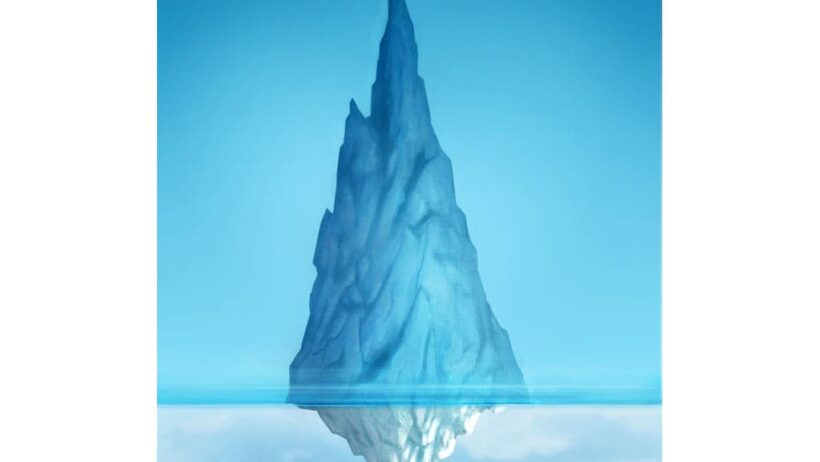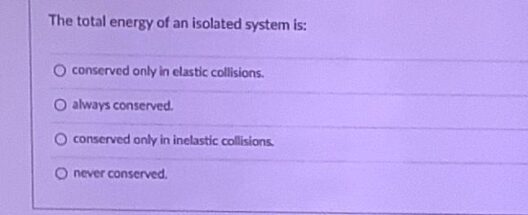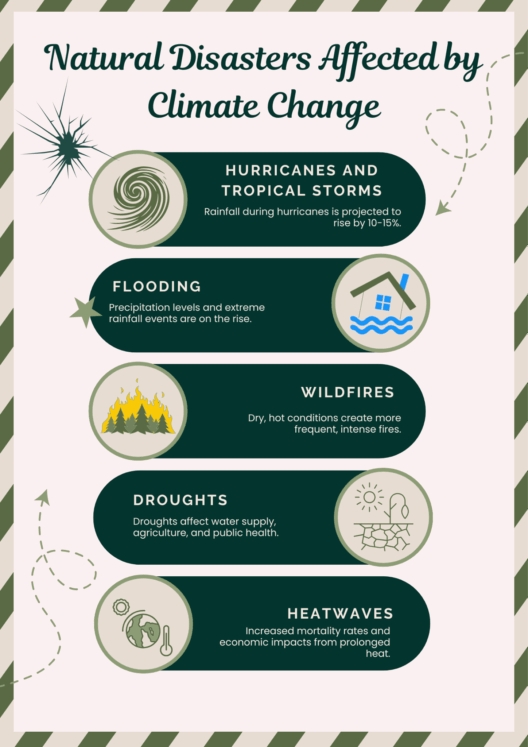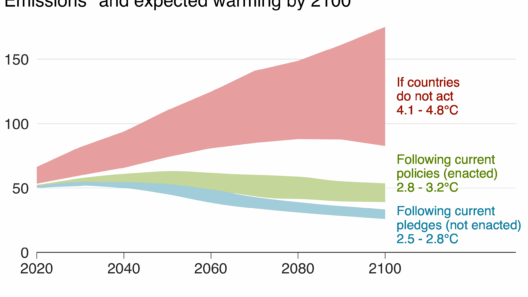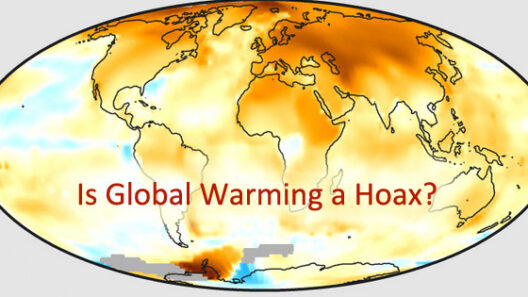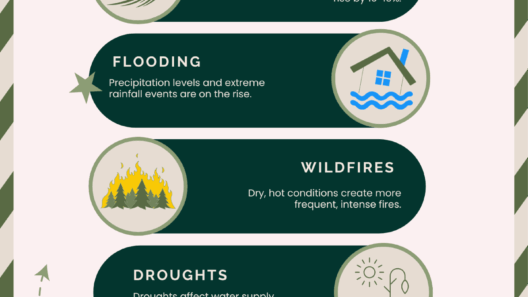Understanding the trajectory of scientific thought regarding global warming is essential for grasping the complexities of climate science today. The contention lies not solely with the climatic predictions but with the interpretation of data, the reception of these predictions by policymakers, and the evolution of public consciousness. This examination sheds light on how, historically, certain scientific assumptions about global warming were misconstrued or miscommunicated.
First, it is paramount to recognize the underlying assumptions that framed early climatic models. During the late 20th century, scientists were primarily focused on carbon dioxide’s role as a greenhouse gas, informed by the physicochemical principles governing atmospheric interactions. The prevailing doctrine posited that increases in CO2 concentrations would unequivocally translate to temperature rises. However, these models often operated under an overly simplistic view, neglecting other critical variables, such as feedback mechanisms and natural climate variability.
Multifaceted feedback loops play a vital role in the earth’s climate system. For instance, the complex interplay between atmospheric composition and oceanic currents introduces uncertainty into predictions of temperature change. Initially, the models did not adequately account for these interactions, leading to inflated expectations of temperature rise. A comprehensive understanding of climate dynamics requires acknowledging these feedbacks—whether it be the albedo effect, where melting ice exposes darker surfaces that absorb more heat, or the release of methane from thawing permafrost, further exacerbating warming.
Moreover, historical climatology offers insights into the variability of climate over millennia. Scientists learned from past epochs, such as the Medieval Warm Period and the Little Ice Age, where natural fluctuations significantly altered climatic conditions. These historical variations are essential yet often underrepresented in simplified models that primarily focus on anthropogenic influences. By overlooking the historical context, predictions became susceptible to overconfidence, failing to present a complete picture of climate phenomena.
Another significant factor affecting the accuracy of early predictions was the limited scope of data collection. Satellite technology only emerged towards the late 20th century, restricting global assessments of temperature changes and atmospheric compositions. This lack of comprehensive data resulted in models heavily reliant on localized measurements, which could not effectively represent global trends. Consequently, early models often demonstrated a disconnect between anticipated warming and observed climate anomalies, leading to skepticism about the scientific community’s competence in forecasting climate change.
The interplay between scientific communities and policymakers further complicated the communication of climate science. As scientists raised alarms about impending climate threats, the urgency sometimes eclipsed the nuances inherent in the data. Media portrayals, driven by sensationalism, exacerbated misunderstandings, turning complex scientific dialogues into oversimplified narratives. This environment fostered a dichotomy where clear communication was essential, yet frequently misrepresented the intricacies associated with climate predictions and uncertainties.
Furthermore, the scientific community has had to confront and adjust its methodologies over time. Early models employed linear extrapolations, which assumed that current trends would continue in a straightforward manner. As understanding deepened, it became evident that climate systems are inherently nonlinear, where small perturbations could yield disproportionate effects. The realization that early models may have underestimated the magnitude of future warming has propelled research into more sophisticated techniques that capture the chaos of climate systems.
In the quest for accurate predictions, the integration of interdisciplinary knowledge became crucial. Biologists, chemists, geophysicists, and various other scientists now collaborate to provide insights into how ecosystems will respond to climatic shifts. For instance, research on carbon sinks—such as forests and oceans—has highlighted the importance of biodiversity in moderating climate impacts. Understanding these interconnected systems has generated more resilient and adaptable models, fortifying the predictive capabilities necessary for informed environmental policymaking.
Importantly, lessons from the past underscore the need for continuous refinement in climate science. Transparency and adaptability in methodology are paramount. As data becomes more robust and computational techniques evolve, models must be recalibrated to maintain relevance. The historically anchored scientific narratives must evolve in tandem with new findings to build public trust and ensure effective climate action.
Finally, the narrative surrounding global warming has also been influenced by societal dynamics. Public perception of science is shaped largely by sociopolitical factors, where scientific consensuses clash with ideological beliefs. Misinformation campaigns and the politicization of climate issues have often skewed public understanding. Educating the populace on the scientific method, the nature of uncertainty in predictions, and the importance of evidence-based policymaking is essential for fostering a shared comprehension of climate change challenges.
In conclusion, the discourse surrounding how scientists approached global warming encompasses lessons that extend beyond mere prediction accuracy. Acknowledging the genesis of errors in early models, the interplay between scientific investigation and societal reception, and the ongoing evolution of methodologies can pave the way for a more nuanced understanding of climate science. By embracing these lessons, we enhance our collective ability to confront the pressing realities of climate change and formulate effective responses—adapting to an ever-shifting environmental landscape.



